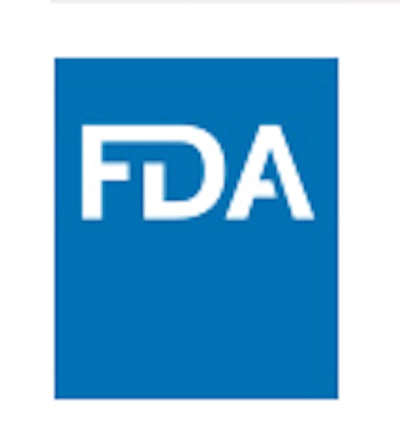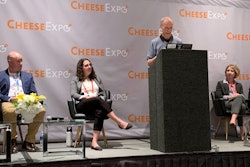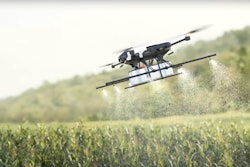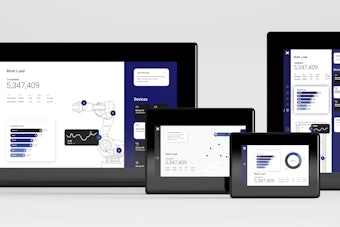
The U.S. Food and Drug Administration (FDA) is taking new steps to strengthen and modernize the process for issuing a public warning about a voluntary recall and for notification of recalls.
Most companies collaborate with the FDA to rapidly initiate voluntary recalls and work with their supply chain partners to remove the product from shelves to prevent further distribution. And in general, a recall occurs quickly when the problem is discovered. However, there are situations where the FDA may need to provide safety advice to the marketplace to protect consumers.
In part to address these circumstances, in January 2018, the FDA announced draft guidance for strengthening public warnings and notifications of recalls. It was the first in a series of policy steps this past year to better arm consumers with information to protect themselves and their families. Over the last year, it also issued draft guidance that describes situations where it will disclose retail information for recalled food products. And in November 2018, the FDA finalized mandatory recall guidance for foods, intended to provide answers to common questions about the mandatory food recall provisions.
The final guidance outlines circumstances when a company should issue a public warning about a voluntary recall, describes the general timeframe for companies to issue such a warning, discusses what information should be included in a public warning, and describes situations where FDA may take action to issue its own public warning should a company’s warning be deemed insufficient. It also describes the FDA’s policy for moving forward with posting recalls to the FDA’s Enforcement Report, which is a web listing of all recalls monitored by the FDA, in some cases before a final health hazard evaluation is completed.
The FDA has already begun implementing the recommendations outlined in the final guidance. In accordance with the draft version of this guidance, it has issued alerts or consumer warnings related to many products like Kellogg’s Honey Smacks, recalled vegetables and romaine lettuce. This past summer the agency released detailed retail distribution information by state during a recall of pre-cut melon associated with an outbreak of Salmonella infections, so consumers could better identify where the recalled food may have been purchased or distributed.
Some may feel like they’re seeing more recalls, according to the FDA. In actuality, for fiscal year 2018, there were a total of 7,420 recalls with 831 that were classified as the highest risk. That figure represents a five-year low in recalls, the agency says. However, the reason why recall notices might seem to have increased is that publicizing these events has become more prominent. The FDA routinely provides more information on recalls and other safety issues that have happened. It also has been communicating more frequently and, in many cases, directly to consumers through the agency’s social media.
The FDA says its ability to detect, track and trace potential or known problems with products continues to improve as it implements new technologies across the agency and as companies implement their own technological advances throughout their supply chains. Whole Genome Sequencing -- a kind of DNA fingerprinting -- has allowed federal, state and local health officials to detect related illnesses, match them more often with a food product, facility or environment, and trace the contamination to the source, according to the agency.


















